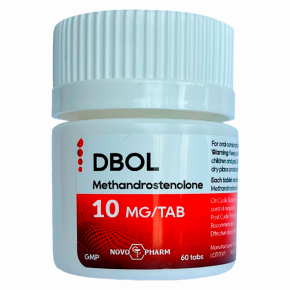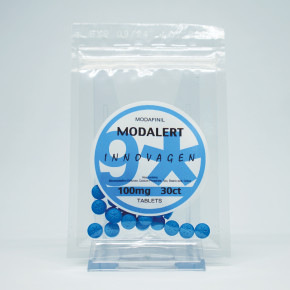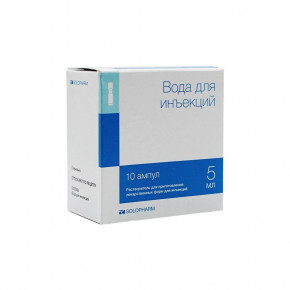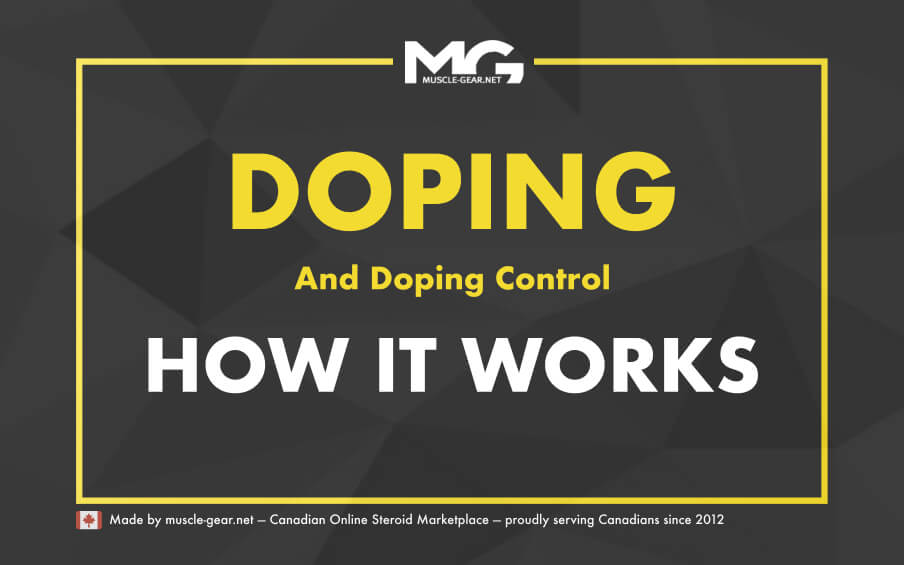The hormonal status of a steroid user is very important. Not only in the aspect of anabolism but other significant parameters as well. The correct balance between androgens and estrogens play a crucial role. Aromatization is a process taking place in certain tissues, such as adipose tissue, liver, brain, and mammary gland. The aromatase enzyme is responsible for this process. The more estrogenic steroid is, the more profound of an anabolic effect it will have. Oxymetholone and methandrostenolone/methandienone are among the two 17 alkylated orals that posses high estrogenic activity, meaning beta-estradiol (E2) serum levels increase.
In order to prevent the side effects of aromatization (water retention and fat storage), we commonly use either SERM’s (tamoxifen, clomiphene) that act locally in the tissue receptors. The more potent aromatase inhibitors, who have the ability to crush on estrogens not only locally, but also anywhere else. Occasionally, synthetic forms of dihydroxy testosterone (mesterolone, drostanolone) are also used in order to enhance the anti-estrogenic effect. Aromatase inhibitors have the ability to block aromatase enzyme, unlike Selective Estrogen Receptor Modulators that occupy the estrogen receptors instead. Aromatase inhibitors were manufactured in the last two decades, in order to treat breast cancer. As well known, estrogens increase dramatically in that kind of tumor.
Usually, bodybuilders prefer aromatase inhibitors during a pre-contest preparation. The reason is that they are extremely effective. However, each coin has two sides; cutting down dramatically the levels of estrogens have a cost to the athlete. First of all, estrogens play a significant role in muscle growth. IGF1 is a peptide responsible for anabolism and cartilage growth. Somatomedin C levels decrease as potent anti-estrogens are used. Insulin Growth Factor 1 is synthesized in the liver parenchyma. Menopausal women who undergo treatment with estrogens had a greater response to the anabolic hormones somatotropin and somatomedin C.This was demonstrated when menopause women had exercise prior and post the estrogenic therapy. Estrogens cause water retention and fat storage. Water retention in muscle tissue is very important since a molecule of glycogen requires the presence of a water molecule in order to be synthesized. As a result, the stronger anti-estrogenic agents we use, the lesser glycogen storage we will have. This, of course, has a tremendous cost on muscle endurance and strength as well. ATP-CP for anaerobic oxidation of glucose requires the existence of muscle glycogen as well.
Estrogens and serotonin also are directly related. It has been estimated that aromatase inhibitor users suffer from mood disorders, mood swings, being emotionally unstable and occasionally have symptoms of melancholy, or even depression. It is also known that methandrostenolone/methandienone (D-bol) users can become addicted to the euphoric effect it has upon the user's psychology. This is due to the fact that estrogen gives you the feeling of well being. Lack of estrogen may affect mood and emotional stability in general. Menopausal women seem to have mood swings and be rather unstable to their emotional status. As a result, similar brain chemistry would affect a male bodybuilder. Estrogens also are an important factor for a proper libido too. Aromatase inhibitors such as exemestane, letrozole, and anastrozole have a negative impact on a sexual drive during a steroid cycle. While it seems that testosterone is the main reason for an enhanced libido, the truth is far from it. Female hormones, estrogens, play a significant role in a male’s libido too. This was experimentally demonstrated by two groups of men who were under testosterone treatment, while another group took testosterone and an anti-estrogenic agent. The final conclusion was that men who did not use the anti-estrogenic treatment had an improved sexual drive. Consequently, it becomes obvious that lower than optimal levels can lead to depression, osteoporosis and lack of sexual interest. Of course, after a typical PCT, the use of both is critical in order for estrogens to get lower when we stop using SERM’s. Lower estrogens will then give a signal to the hypothalamus for GnRH release.
Finally, estrogens make androgen receptors more effective. That was proven by physicians who castrated rats. The result was a dramatic increase in estrogens, as androgens were no longer exists. Afterward, they provided the highly anabolic-androgenic 17 alkylated peross AAS, methyltrienolone (M3). Scientists observed soon after, that the bonding between M3 and the androgenic receptors, was 500% stronger. This explains how important estrogens are for the effect of the steroid molecule attachment into their receptor's surface. From a biochemical point of view, as a medical examiner, I know well that estrogens improve the atheromatic index and the ratio between liver lipoproteins (HDL/LDL). It is well known that women are protected from CVD due to the presence of estrogens, while men are more vulnerable to CVD due to androgens. The correlation between estrogens and atherogenesis is linked with the oxidation of lipoproteins HDL&LDL. It seems that estrogens do have an anti-oxidant effect on the oxidation of those fractures. As a result, LDL is decreased, while HDL is elevated. This is showed up clearly on menopause women who have a different lipid profile (HDL/LDL), rather prior to their new hormonal status. Lipid Stabil by Molecular Nutrition is a product that contains phytosterols. These elements are estrogenic components and have the ability to improve the atheromatic index. In other words, estrogens help to maintain a healthier cardiovascular profile. This is why SERM’s have the unique ability to improve the HDL/LDL ratio since they act selectively estrogenically in liver tissue.
Moreover, estrogens have the ability to increase bone mineral density and act against osteopenia/osteoporosis. It is well known that women during menopause have more fragile bones and this is why they utilize more calcium, calciferol (vitamin D3) and lift weights. Furthermore, aromatization and water retention, aid joints and synovial space, by adding more fluid within. Therefore, it is preferable to use estrogenic compounds during the off-season time, when heavy loads are lifted in training.
REFERENCES:
- Dawson-Hughes B, Stern D, Goldman J, Reichlin S. Regulation of growth hormone and somatomedin-C secretion in postmenopausal women: effect of physiological estrogen replacement. J Clin Endocrinol Metab. 1986 Aug;63(2):424-32
- Finkelstein, Joel. Et al. Gonadal Steroids and Body Composition, Strength, and Sexual Function. The New England Journal of Medicine. Sept 2013.

 Trusted by 50,000 Customers
Trusted by 50,000 Customers





























